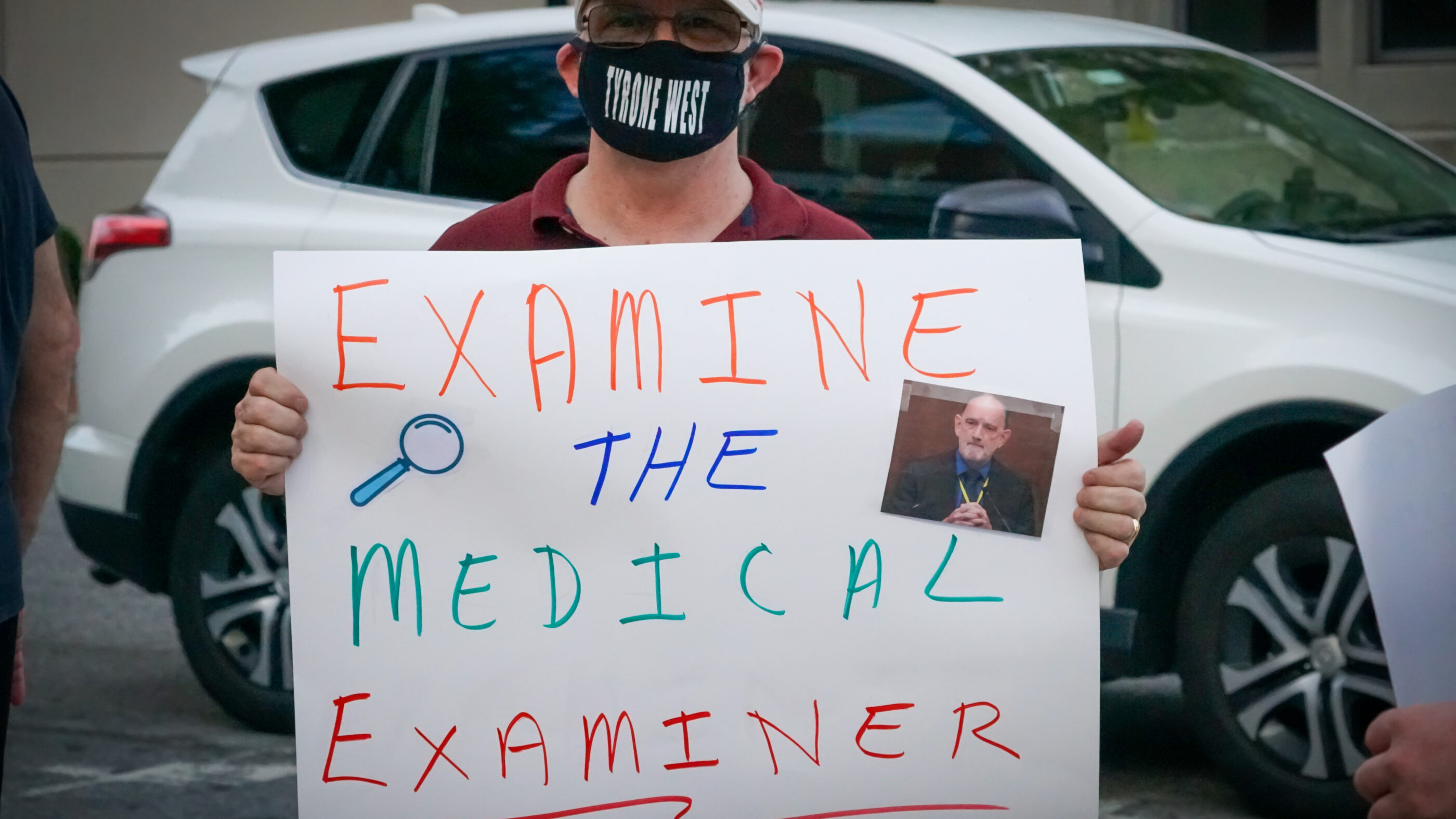The brutal killing of Tyre Nichols is yet another example of police violence against Black people, and again raises the familiar question: What will it take to end it? In Maryland, let’s start with the truth.
The brutal killing of Tyre Nichols is yet another example of police violence against Black people, and again raises the familiar question: What will it take to end it? In Maryland, let’s start with the truth.
Five years ago, Eastern Shore teenager Anton Black died when police chased, tased, and pinned him facedown for six minutes. Led by then-Chief David Fowler, Maryland medical examiners (ME) ruled his death an "accident," claiming Anton died of "natural" causes due to a heart condition, alleged drug use, and bipolar disorder. Despite video showing officers tasing, tackling and forcibly restraining Anton, the autopsy claimed "no evidence" linked police restraint to his death. Anton's family and community were stunned.
Two years later Dr. Fowler would infamously testify that George Floyd was killed by something other than Derek Chauvin's knee on his neck: Car exhaust, maybe? A heart condition? Drugs? Anything but police violence.
Fowler's contentions in Anton's case were equally implausible. Bipolar disorder doesn’t cause death. Drug screens found no drugs in Anton's system. And a Johns Hopkins cardiologist explained Anton's "heart condition" was common and benign. Experts concluded Anton died from asphyxia – just like Mr. Floyd. Anton’s death should have been ruled a "homicide" – a death caused by another’s intentional actions.
Instead, using smoke and mirrors, the ME severed the causal link between police conduct and Anton’s death, leading police departments to see no need for reform, and prosecutors to find no crime. Without a homicide ruling, there’s no impetus for change. The cycle of preventable police killings persists.
Fowler's tragic legacy is this: Two decades of official rulings that heart conditions, drugs, hot temperatures, or disabilities, rather than police force, killed people in custody – the outcry of families and survivors notwithstanding.
This opinion piece was originally published in Maryland Matters on February 13, 2023.




